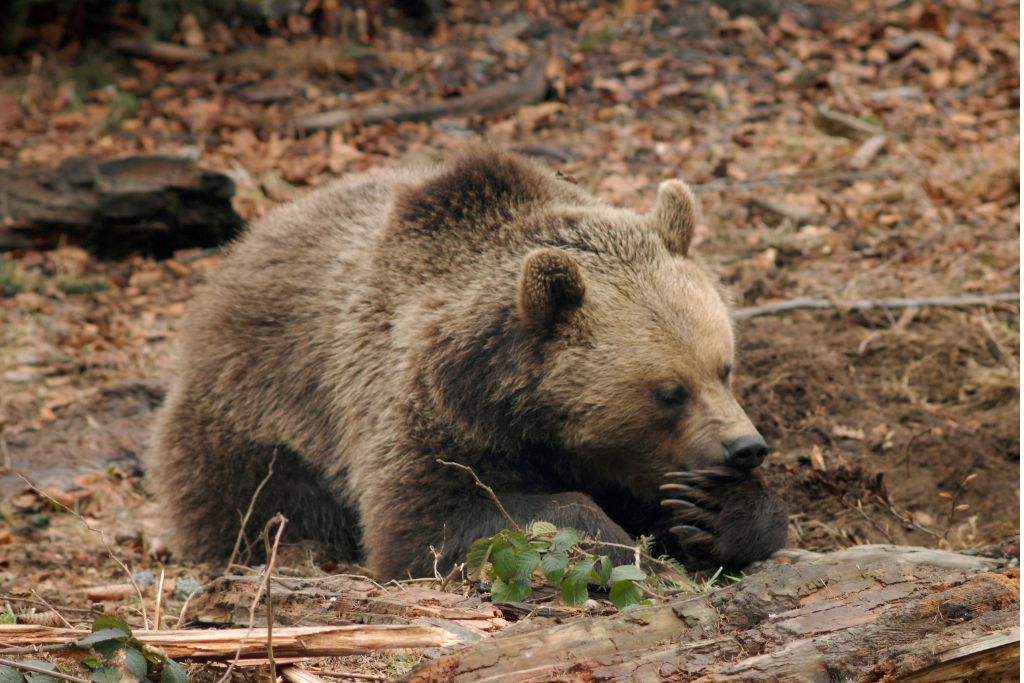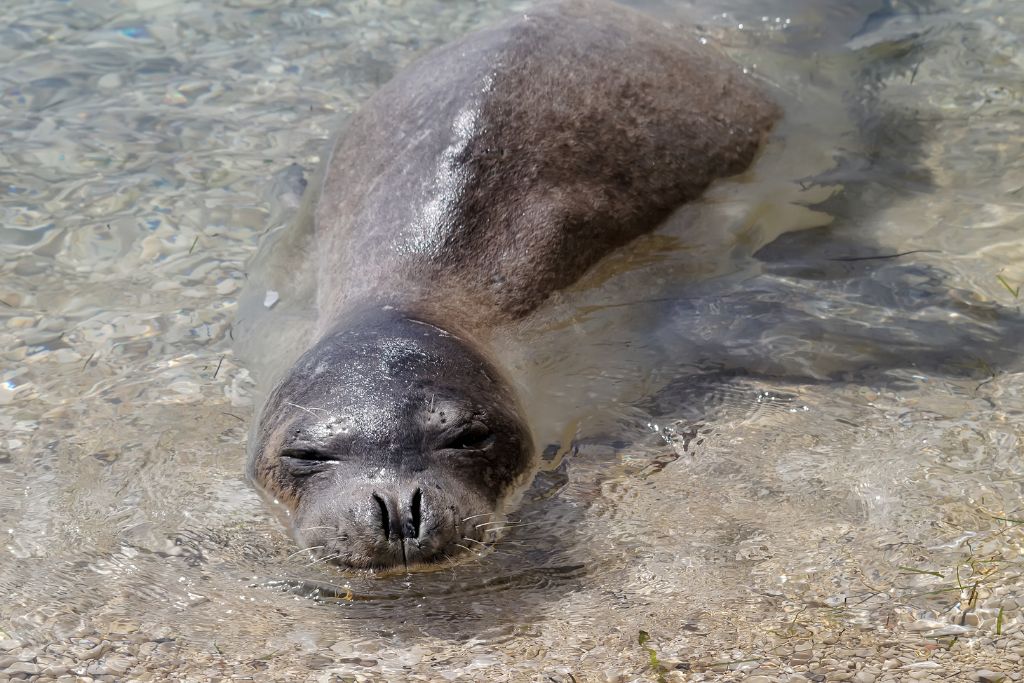
Although perhaps not famous for its biodiversity richness, Europe is home to a variety of charismatic and ecologically vital species. Despite some important progress in conservation measures in the past few decades, growing forces such as habitat loss, pollution, and invasive species have pushed many of these species towards extinction – part of the ongoing sixth mass extinction event. Popular and endearing animals make effective flagship species because communities are more likely to be compelled to push for their conservation. This is just a small sample of the most charismatic species in Europe that need protection.
—
5 Most Charismatic Species in Europe In Need of Protection
1. Iberian Lynx
Considered the world’s most endangered feline species, the Iberian lynx is a wild cat species that is endemic to the Iberian Peninsula, a mountainous region associated with Spain and Portugal. It is listed as endangered on the IUCN Red List. In addition to the usual causes of population decline – overhunting, poaching and habitat fragmentation – the main prey of the lynxes were famously devastated in 1988 as the European rabbit population was ravaged by disease.
Luckily, the conservation story of the Iberian Lynx is now seen as a success story. Since 2002, when only 94 individuals were surviving in two isolated populations, conservation measures such as improving habitat and re-introducing European rabbits have resulted in a hopeful population increase. By 2012, the population had increased to 326 individuals, and by 2020 it reached 1,111 individuals.
You might also like: The Iberian Lynx Bounces Back From The Brink Of Extinction
2. European Bison
The European Bison is one of two surviving species of bison, alongside the American bison. It holds the title of heaviest wild land animal in Europe, and their ancestors are thought to have been even bigger. As a result of their size, these wild bison were hunted to extinction in the early 20th century for their meat and hide. When the last wild European bison was shot in 1927, there were less than 60 left in captivity, originating from only 12 founder bison.
However, in the 1950s, there was a successful push for captive breeding programmes to bring wild bison back from extinction. Initially, these efforts were focused around Eastern Europe. The Białowieża Primeval Forest, on Poland’s border with Belarus, currently has the world’s largest free-living population, with around 1000 wild bison. These initiatives were largely a success. In the last 10 years, the number of free-roaming European bison has increased from just over 2500 to around 7000 individuals. Reintroduction programmes are now also ongoing in Western Europe, with recent news of the first wild English bison being born in thousands of years.
You might also like: The Return of the Bison: Restoring Ecosystems With Keystone Species
3. Eurasian Brown Bear
The Eurasian brown bear is one of the most common subspecies of brown bears. They are large, powerful, and charismatic creatures that have been important parts of European cultures for hundreds of years. This bear appears frequently in European folklore, particularly in fairytales collected by the Brothers Grimm. They used to be considered common in the alpine regions of Europe and hence make appearances in stories of various German dialects. The bear is depicted as a symbol of Russian power and is also Finland’s national animal.

Despite having a more limited range nowadays – residing mostly in Scandinavia and Russia, this subspecies used to live across most of Eurasia. Although brown bears are listed as “of least concern” by the IUCN, this classification refers to the global species. The Eurasian subspecies are endangered in much of Europe with the smaller southern populations particularly at risk. The IUCN itself mentions: “Least Concern does not always mean that species are not at risk. There are declining species that are evaluated as Least Concern.”
4. Eurasian Wolf
The Eurasian wolf is a subspecies of the grey wolf, which was widespread across Eurasia before the Middle Ages. It is the largest of the Old World grey wolves. Wolves are some of the most charismatic species in all of Europe, having reputations for being mysterious, beautiful, and fierce. Indo-European languages usually have multiple words for “wolf”, reflecting their cultural significance throughout history.
In England, the extermination of wolves was enforced by legislation, with their successful extinction happening in the early 16th century. In Central Europe, wolves were drastically reduced in number at the start of the 19th century due to organised hunts. Their recovery began after the 1950s, when traditional rural economies, and thus the amount of human-wolf conflict declined. Currently, the Eurasian wolf has legal protection in most European countries, although the growing concerns about conflict may act as a barrier to future conservation efforts.
5. Mediterranean Monk Seal
The Mediterranean monk seal is one of only a few pinniped species that can be found in subtropical waters – found in the Mediterranean Sea and the eastern Atlantic Ocean. Seals are popular species due to their curious nature and intellect.

Unfortunately, the current population of Mediterranean monk seals is estimated at around only 600 to 700 individuals. Fishing bycatch, habitat destruction, and pollution are their critical threats. As a result, it is listed as “endangered” under the Endangered Species Act and “depleted” under the Marine Mammal Protection Act. This makes them one of Europe’s rarest and most endangered animals. Due to coordinated conservation efforts, monk seals are starting to be repopulate habitats that they had been absent from for decades, such as Egypt, Israel and Cyprus, but more work needs to be done to prevent these animals from permanently disappearing.
You might also like: 10 of the World’s Most Endangered Animals in 2023